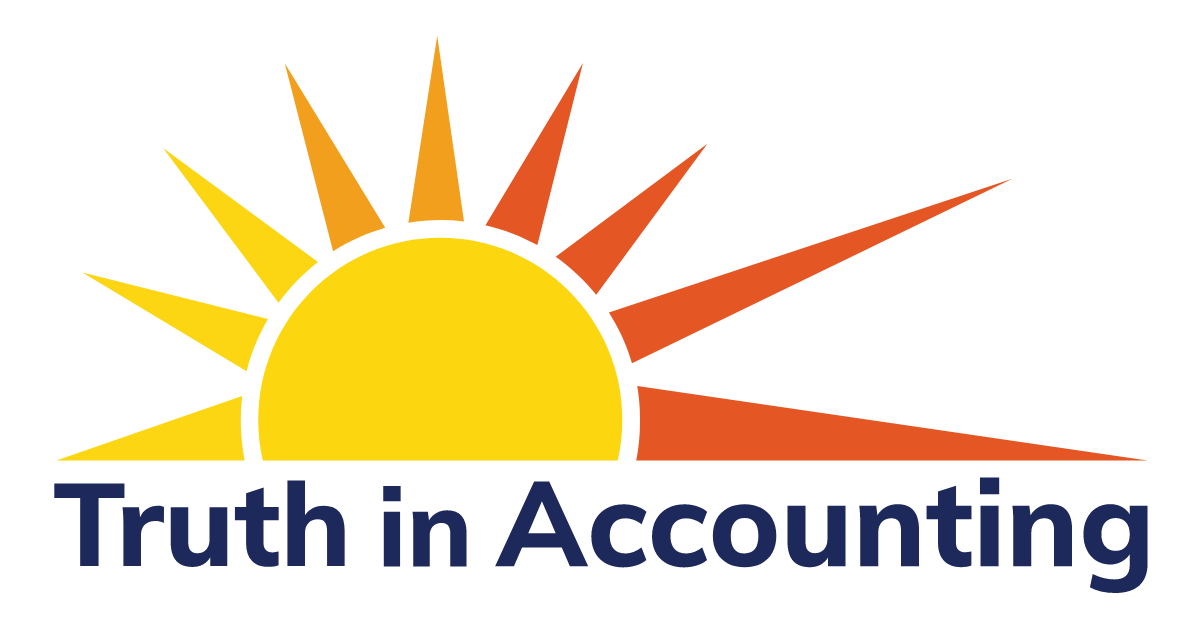
"(The Center Square) – Ahead of Tax Day on April 18, 73% of taxpayers said the government doesn’t use their taxes wisely, a new survey found. A separate report found that red states have the better taxpayer return on investment.
Wallethub's "Taxpayer Survey" found that 28% of respondents said charities would better spend their money; 26% said local governments would best spend their money, followed by state government (22%), the federal government (16%) and religious groups (13%).
Among those polled, 72% said their current tax rate is too high, with only 20% saying it was “just right.” Another 57% said corporations should pay higher rates than consumers.
Nearly half surveyed said they’d move to a different state to avoid paying taxes; 39% said they’d move to a different country if it meant not paying taxes.
Over one-third said not having enough money was their biggest Tax Day fear, followed by making a math mistake (23%) and getting audited (22%).
Despite the concerns expressed about taxes, a greater majority polled, 81%, said they were more worried about inflation than taxes.
When it comes to which states have the best and worst taxpayer return on investment, the states with the best taxpayer ROI are led by Republican governors, the worst are run by Democrats with the exception of Arkansas, another WalletHub report found.
The 10 states with the best taxpayer ROI were New Hampshire, Florida, Alaska, South Dakota, Texas, Missouri, Virginia, Georgia, Ohio and Wyoming. The worst states were New York, Louisiana, Oregon, Vermont, Connecticut, Delaware, Arkansas, New Mexico, Hawaii and California.
Red states have a higher taxpayer ROI, with an average ranking of 21.52, compared with blue states’ 29.48, with 1 being the best, the report states.
The report evaluated the “dramatically different tax burdens” of states to determine if residents “in high-tax states receive superior government services” and if low-tax states were more efficient or receive low-quality services.
WalletHub attempted to answer, “where do taxpayers get the most and least bang for their buck,” by evaluating state and local tax collections with the quality of the services residents receive in all 50 states. They evaluated data within five categories: education, health, safety, economy, and infrastructure/pollution across 29 metrics.
However, when ranked by government services provided, the state ranking changed. Overall, states that fared better ranked in the top 10 or 20 or bottom 10 or 20, respectively. The bottom five states overall ranked last or near last in all categories of government services provided: Louisiana, New Mexico, Alaska, Mississippi, and West Virginia.
Steph Lusch, associate professor of accounting at Texas Christian University, said it’s “difficult to ascertain whether high tax burdens lead to ‘better’ government services because ‘better’ is a very subjective term. We can say that higher tax burdens likely lead to more government services. Whether more government services equate to ‘better’ government services is a value judgment for each individual taxpayer.”
According to a Truth in Accounting analysis, the majority of the 75 most populous U.S. cities, 66%, couldn’t pay their bills, accruing a combined debt of $266.5 billion. Nine of the 10 worst ranking cities with the highest taxpayer burden are run by Democrats.
The cities’ “financial problems stem mostly from unfunded retiree healthcare obligations that have accumulated over the years,” TIA said. The majority were in debt due to repeated financial decisions made by government officials using “accounting tricks” to make their budgets appear balanced. “Tricks” include inflating revenue assumptions, counting borrowed money as income, understating the true costs of government, and delaying the payment of current bills until the start of the next fiscal year so they aren’t included in the calculations, TIA says."
Read the full article on: The Center Square

